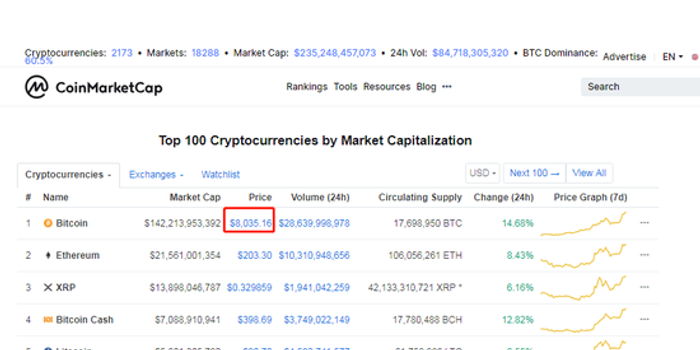
"Trade smart, not just funded."
There’s a certain thrill in getting approved for a funded account — it feels like someone just handed you the keys to a bigger car with a full tank and told you to go race. The problem is, the moment you step on the gas, every mistake gets magnified. In gold trading, that magnification can hit hard… and fast. Gold’s volatility is unforgiving, and while prop trading firms open the door to bigger profits, they also make room for bigger losses if you don’t know where the potholes are.
Funded accounts often come with more buying power than you’re used to, and that’s where traders fall into the “big account, big bet” mentality. Gold doesn’t care how confident you feel — it moves on macroeconomic data, interest rate shifts, and sudden geopolitical stress. On a personal level, think of it like walking into a Vegas casino with someone else’s chips: you might take shots you never would if it were your own capital. The pitfall? Over-leveraging on a volatile asset that can wipe out your profit target and hit your drawdown limit almost in one swing.
A smarter mindset: Treat leverage as a tool, not a dare. The funded account is a privilege, not immunity from market rules.
Every prop firm has its own set of rules — maximum daily loss, position size caps, risk management guidelines — yet many traders get caught breaking them unintentionally. A common scenario: hitting the daily drawdown simply because you doubled up on a gold position without re-checking its lot size. Gold contracts have different pip values compared to forex pairs, so risk calculations can’t be copy-pasted.
Funding firms aren’t just evaluating your P&L; they’re testing your discipline. Breaching rules doesn’t just cost money, it can shut the door on future trading opportunities with the same provider.
When gold makes a quick $20 move against you, the temptation is strong to “get it back” with the next trade — that’s part of why funded accounts drain faster than personal ones. The funded model’s psychological twist is that traders feel pressured to perform fast to prove they belong. But chasing in a market that reacts to CPI announcements or sudden USD strength can turn a small error into the kind of drawdown your account can’t survive.
A better play: Pause after a losing streak, adjust position sizes down, and remember that funded account evaluations look at consistency, not just big wins.
Gold is not forex. It’s not stocks. It’s a hybrid beast — a commodity, a safe-haven, and a speculative playground all at once. New prop traders used to EUR/USD or Tesla shares often forget that gold’s behavior spikes more violently around macro events and central bank actions. You might see forex pairs digest news in a slow grind, while gold can jump and reverse within minutes.
By learning the asset-specific rhythms — including overlaps with US market hours or how gold reacts to DXY movements — traders can avoid misfires. This mindset stretches across other funded opportunities too: crypto, indices, options, each demand their own rulebook.
Funded accounts aren’t just about gold. Across forex, stocks, crypto, indices, options, and commodities, the prop model has given traders a shot at managing serious capital without risking personal funds. As DeFi (Decentralized Finance) matures, we’re already seeing experiments where smart contracts handle trade execution, payouts, and even funding logic. AI-driven trading strategies are emerging that can assess risk and position sizing faster than human reflexes. The future? Potentially a hybrid world where prop firms use decentralized ledgers to manage accounts, and traders run AI-assisted portfolios across multiple asset classes in real time.
But all this innovation doesn’t erase one truth: funded accounts magnify whatever habits you bring to the table — good and bad. The pitfalls you dodge in gold trading today will prepare you for prop challenges in tomorrow’s smart-contract, AI-driven world.
Slogan for the road: “In funded gold trading, discipline is your real capital.”
If you’re stepping into funded gold trading, think of it as driving a high-performance car on a road full of blind turns. The speed is addictive — but it’s knowing when to brake that keeps you in the race.




